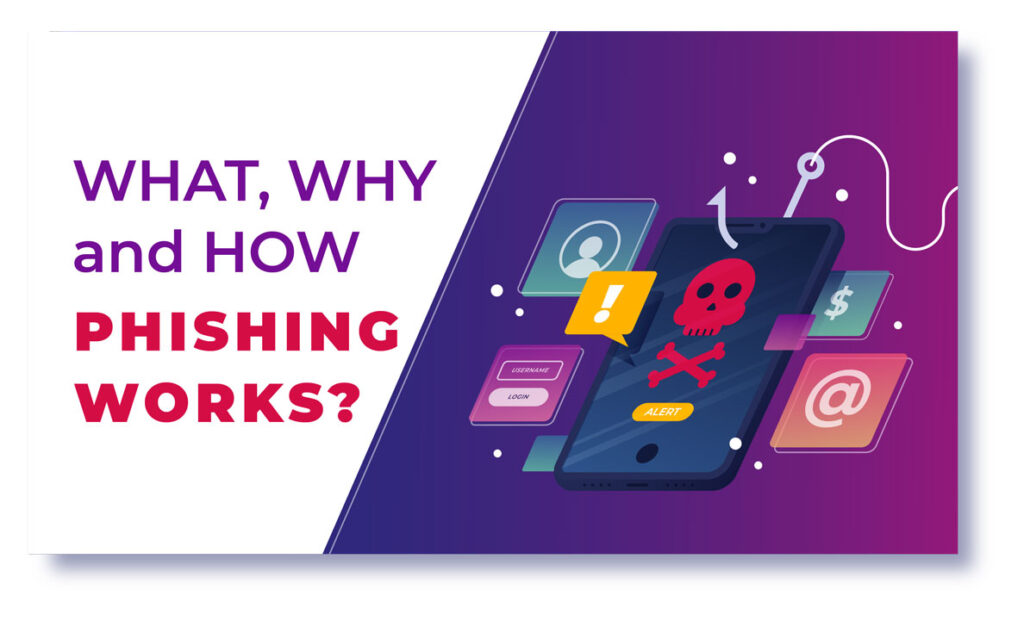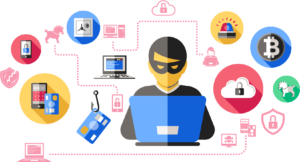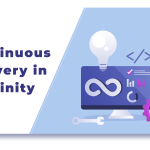
What, Why, and How Phishing Works
Phishing is one of the most commonly heard cyber attacks of today’s times. In fact, it is one type of cyber attack that can hit any commoner if they use social media platforms or use their e-mail ID for various purposes. Let us dig a little deeper and get to know more about phishing attacks.
What is phishing?
Phishing attacks are more like a mixed bag. It could include a variety of cybercrimes carried out with an intention of stealing an individual’s sensitive data and credentials. During a phishing attack that happens is, someone, impersonates as a well-thought-of entity and contacts a target or multiple targets via email, phone, or text message. This is to steer them to produce sensitive information like in-person distinctive data, banking and MasterCard data, and passwords.
Why is phishing happening?
Phishing begins with a phony mail or alternative reasonable communication meant to stimulate a victim. The message is meant to appear as it came from a far-famed sender. If the victim is duped, then he or she is persuaded to produce personal data, which is sometimes performed on a scam website. The malware for this is usually put on the target’s computer.
How to prevent or forecast a phishing attack?
1. Perceive what a phishing theme feels like.
One can understand the theme and appearance of the attack and recognize that they are scams. It would help one to a great extend if they are well informed and updated on various phishing attacks of today. This way, it will be easier for them to recognize these attacks and effectively stay away from them.
2. Avoid clicking on suspicious links.
Even if you recognize the sender, it is not a decent plan to click on a link in an associate degree email or instant message. The terrible least you ought to do is hover over the link to verify whether or not the destination is correct. Some phishing tries square measure rather cleverly, with the destination URL showing to be a carbon reproduction of the legitimate website, created to capture keystrokes or collect login/credit card data. If you’ll be able to go on to the positioning victimization of your computer program instead of clicking on the link, you should.
3. Don’t give your personal data to an associate degree unsecured website.
If the website’s URL doesn’t begin with “HTTPS,” or if there’s no closed padlock icon next to the URL, don’t enter sensitive data or transfer files to that website. Sites that lack SSL certificates may not necessarily be for phishing scams. Yet prevention is always better than cure. Remember it’s better safe than sorry.
4. Make sure that you change your passwords on a routine basis.
If you’ve got online accounts, you ought to get into the habit of rotating your passwords on a daily basis to forestall associate degree assaulters from gaining unrestricted access. Adding an additional layer of security through positive identification rotation will forestall current attacks and keep potential attackers out.
5. Remember to install firewalls
Firewalls square measure a wonderful approach to guard your pc against external threats by acting as a barrier between your pc and therefore the assaulted. Network firewalls will improve your security and lower the probability of a hacker penetrating your atmosphere.
6. Keep yourselves updated
Remember to keep your systems, software, applications updated. Receiving a flood of update messages is often tiring, and it’s tempting to place them off or disregard them entirely. This will help you stay away from various threats and vulnerabilities.
7. Install free anti-phishing add-ons
Nowadays almost all modern browsers enable you to transfer add-ons that find symptoms of a fallacious website or warn you to recognize phishing sites. As a result, these add-ons are usually completely free, there’s no reason to not have this put in on each device in your firm.





